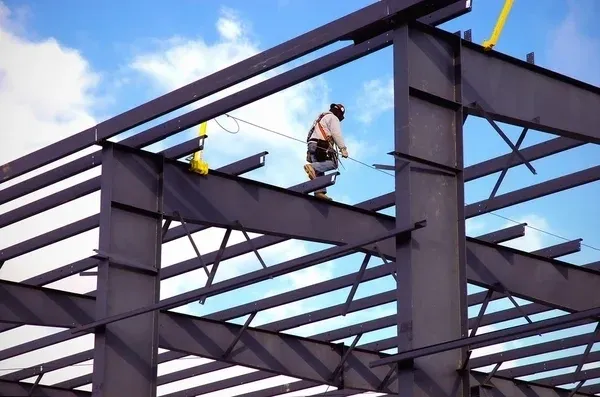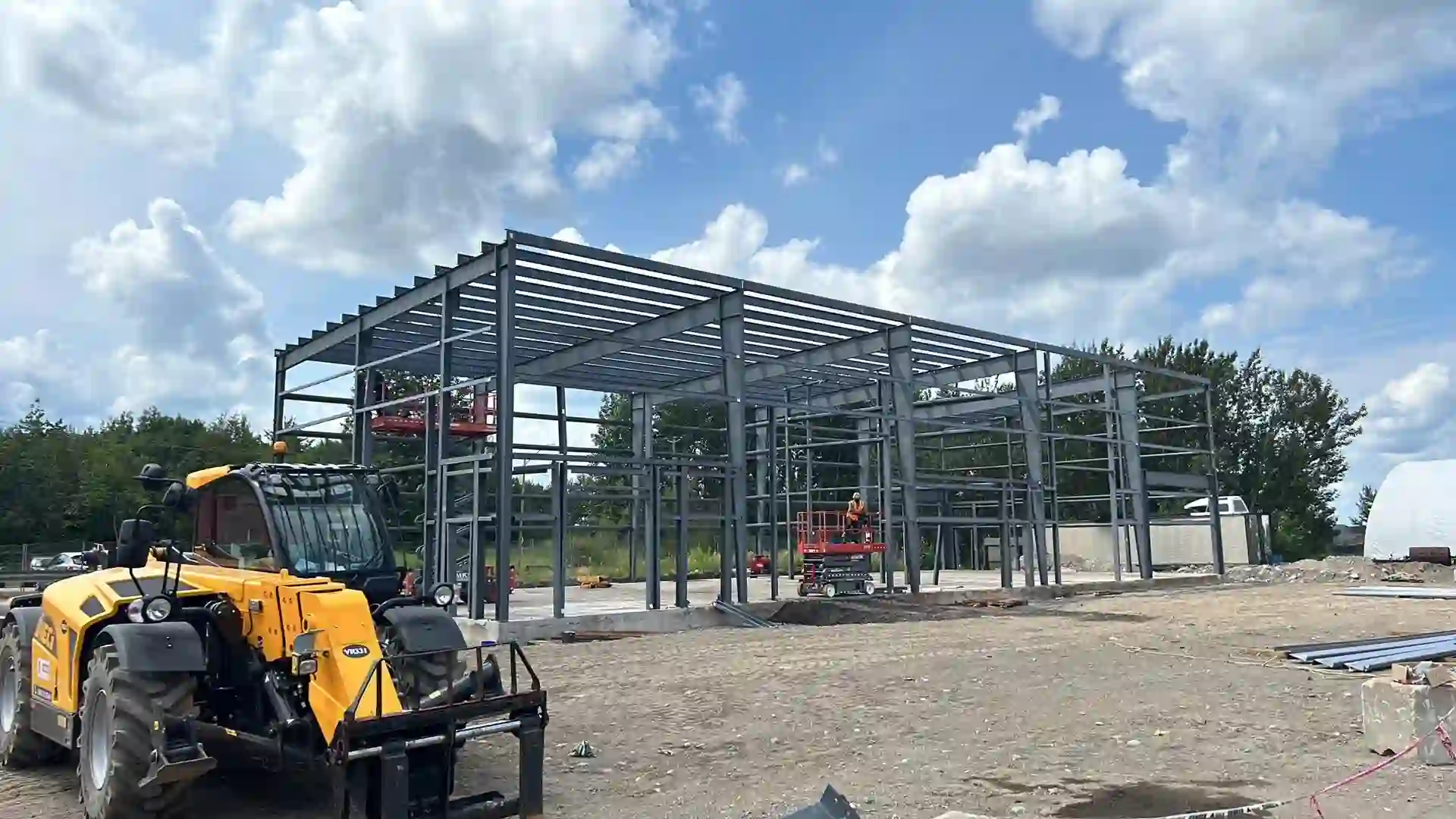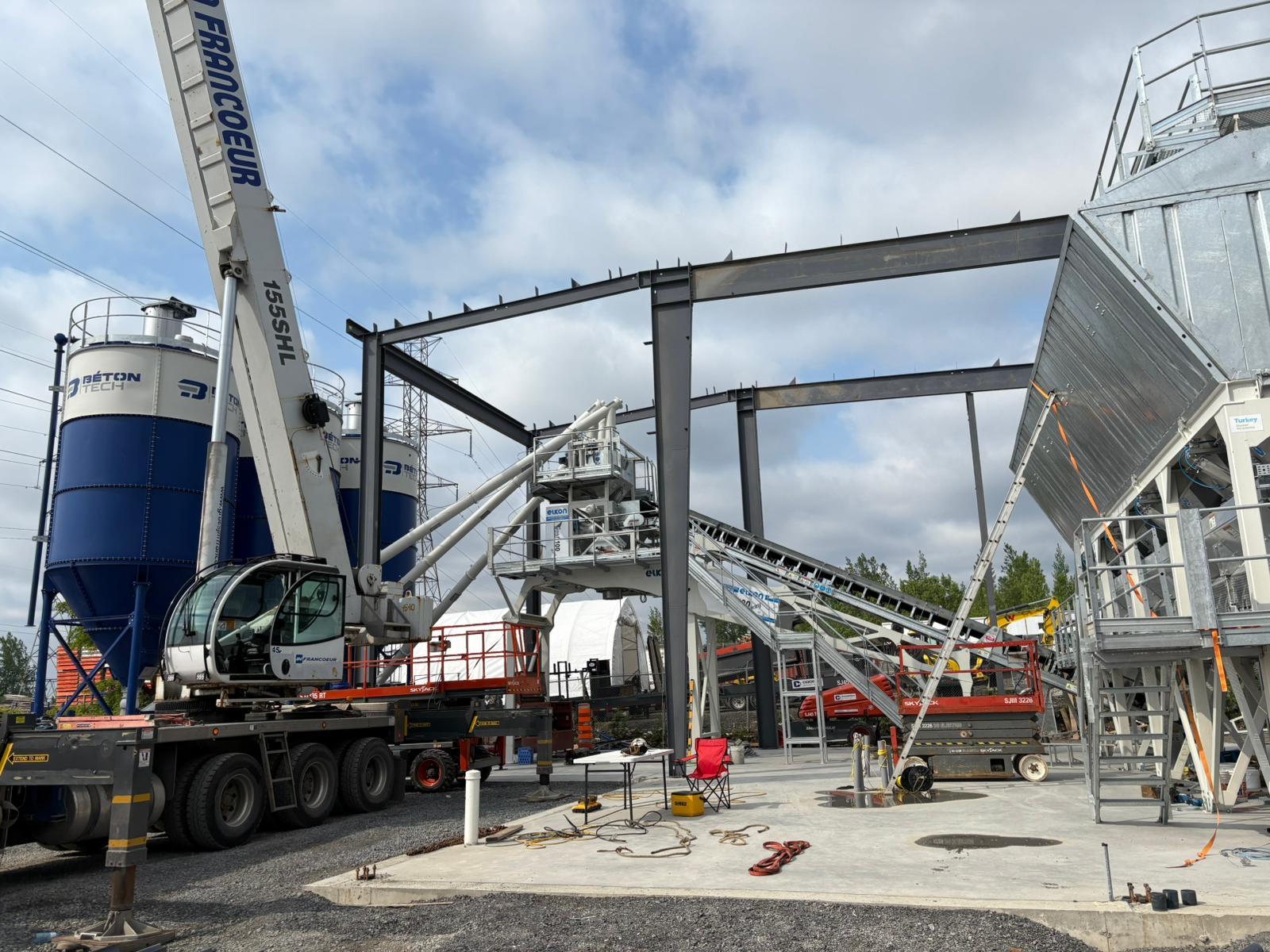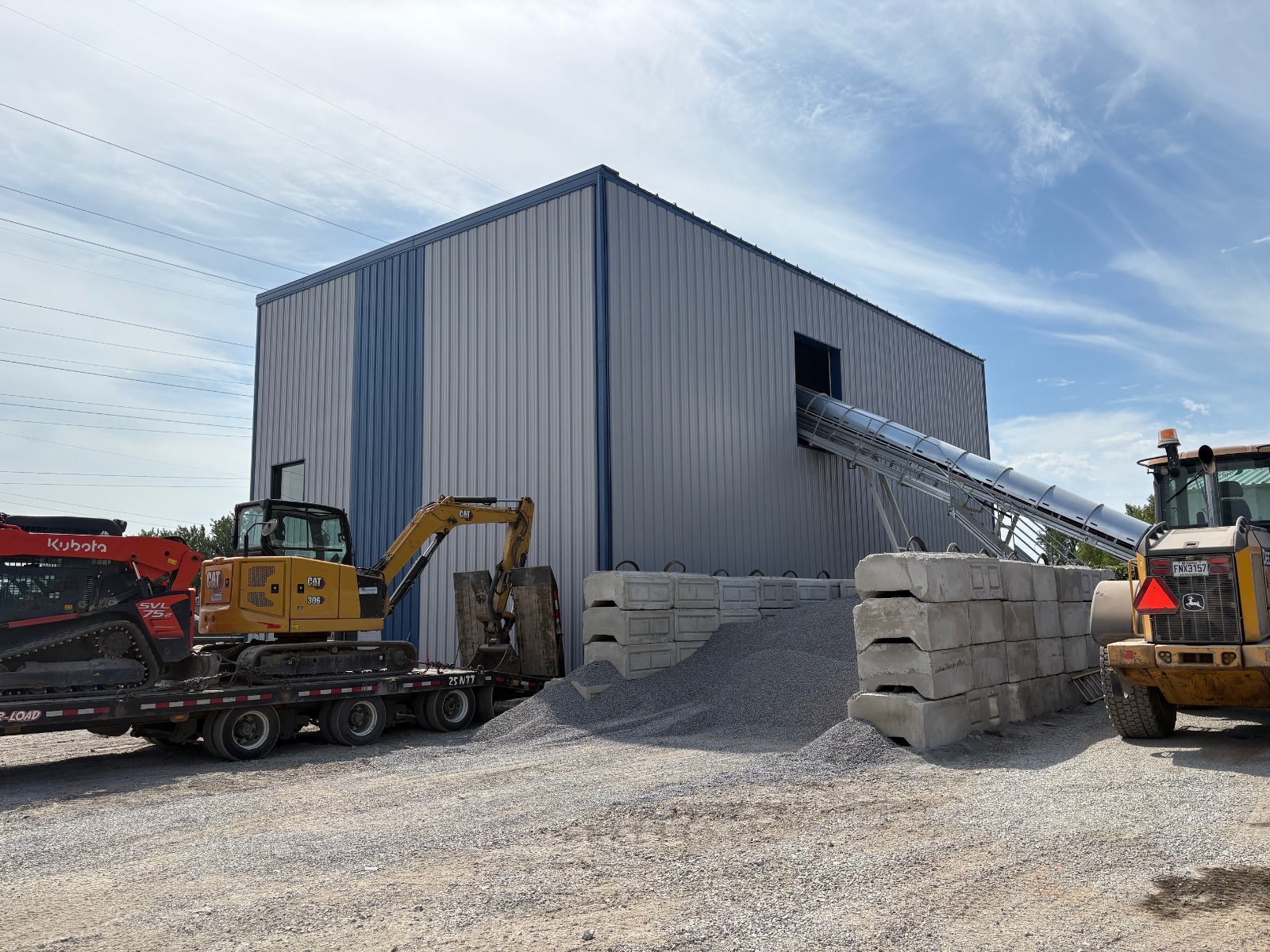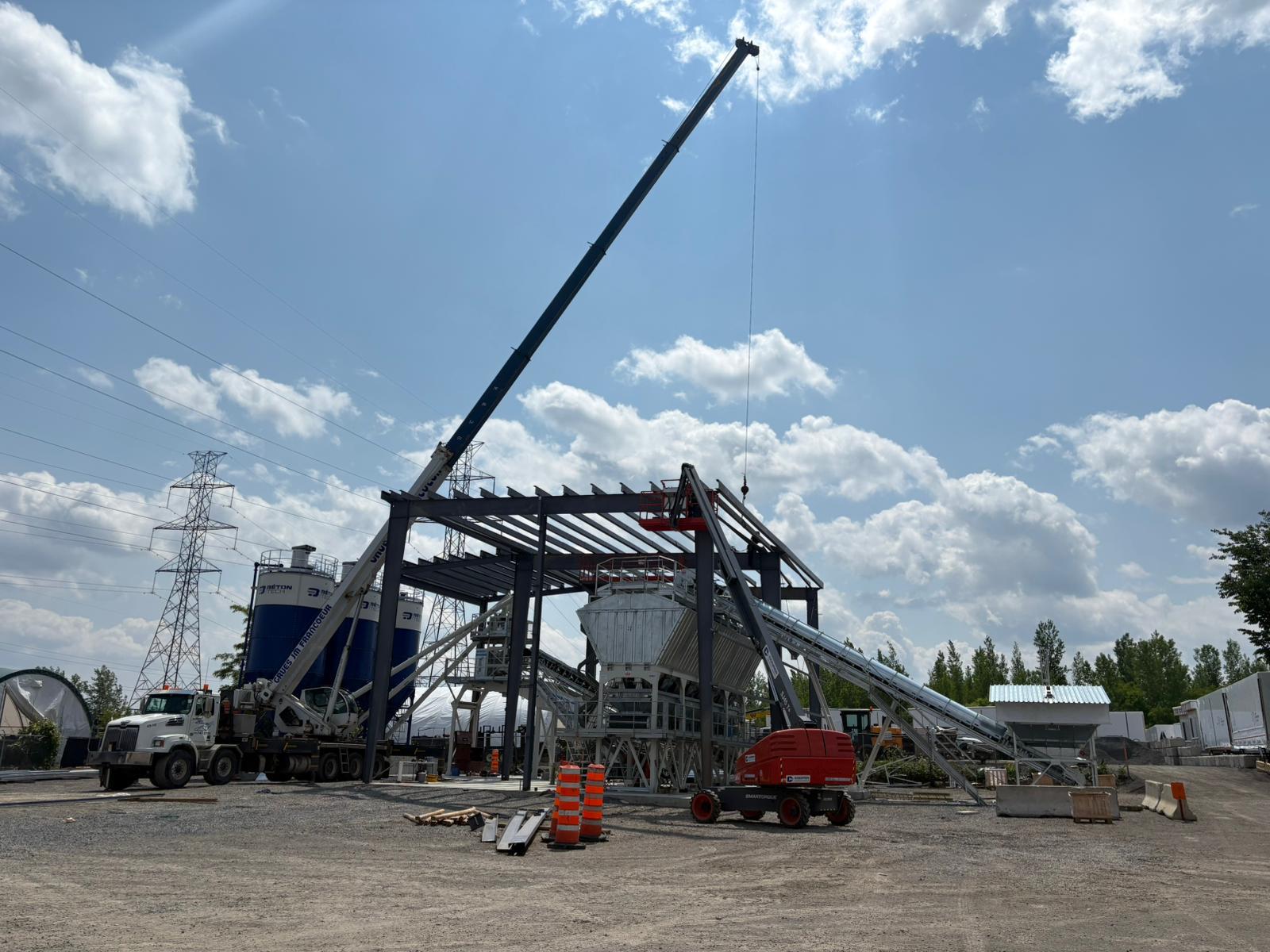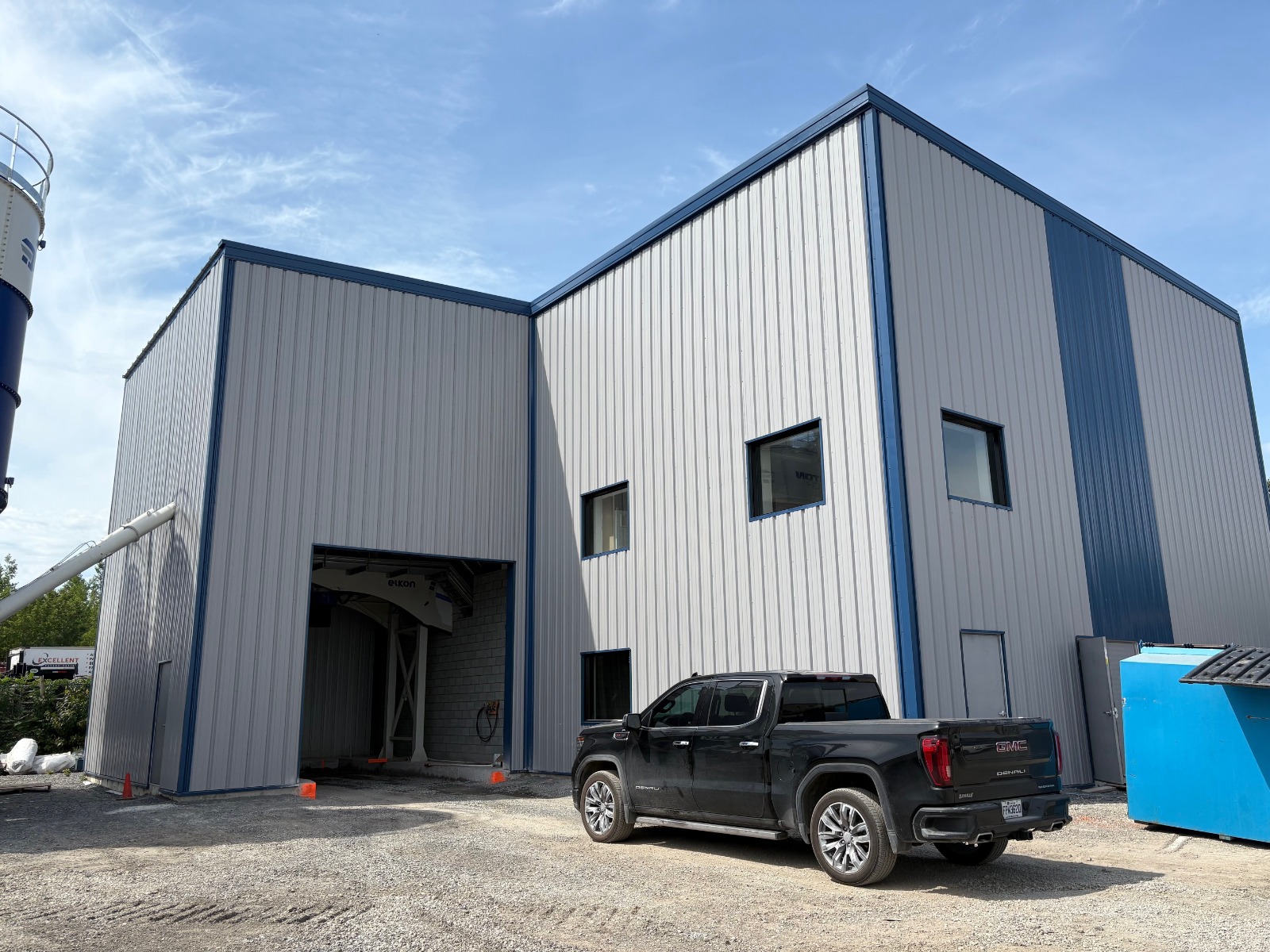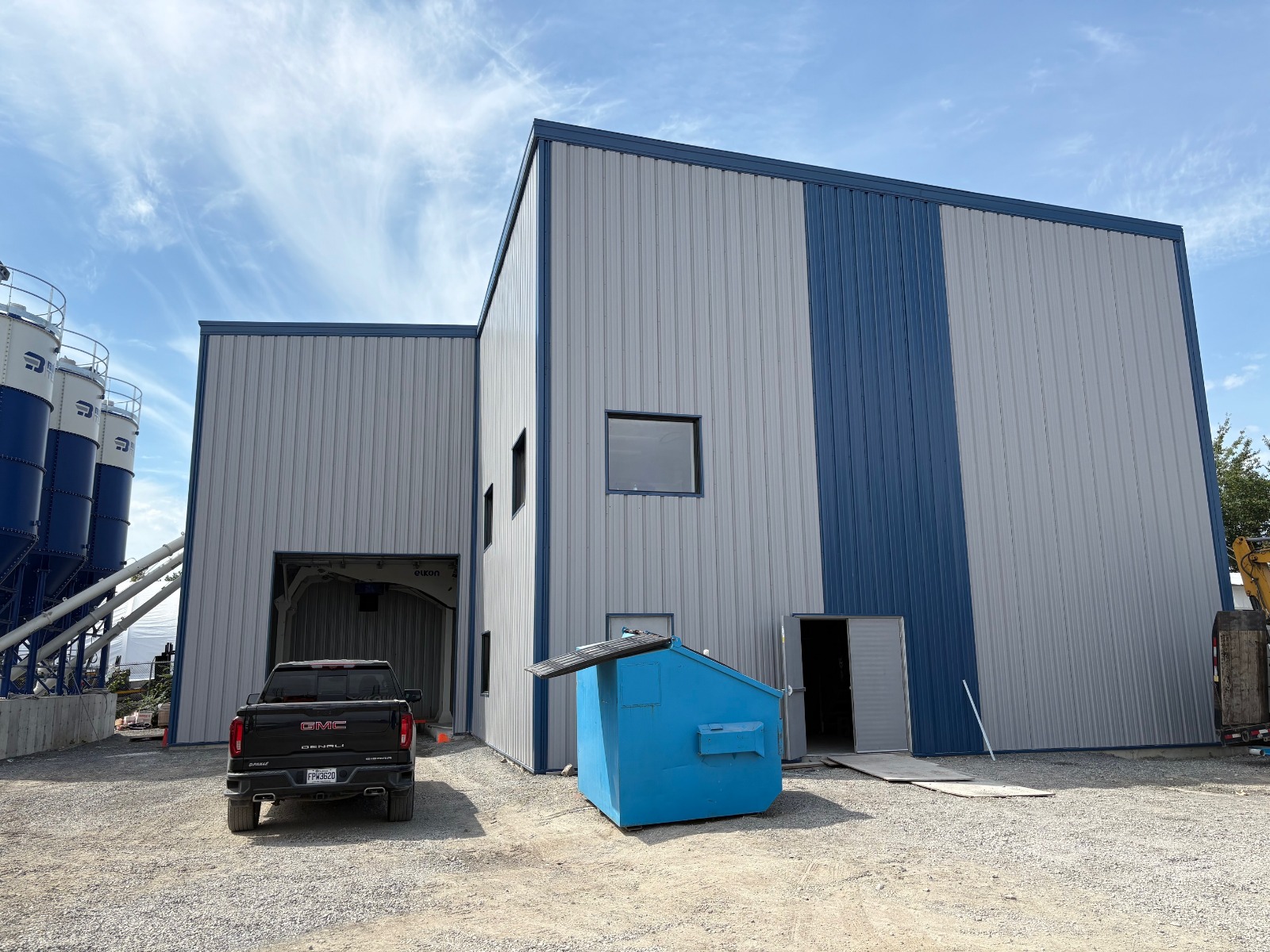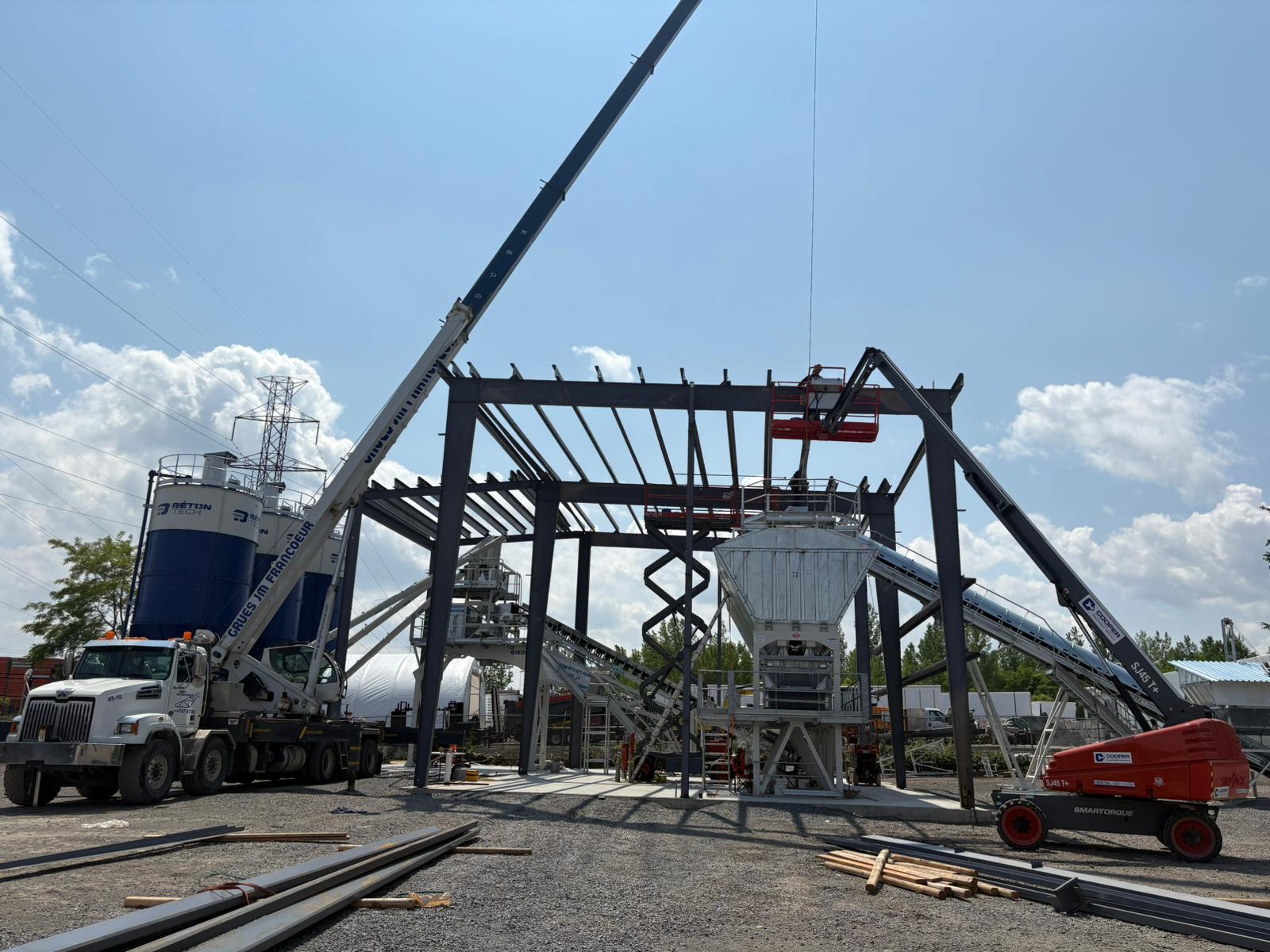The Steel Construction Project Cycle
Embarking on a construction project, whether for a commercial space, an agricultural facility, an industrial warehouse or any other field, is an exciting undertaking filled with promise and potential. However, navigating through the complexities of the construction process can be daunting without a clear understanding of what lies ahead. In this blog post, we’ll take you through the stages of planning, designing and constructing a steel building, offering insights into each phase and the key considerations involved.
Phase 1: Planning
Every successful project begins with meticulous planning. During this initial phase, project stakeholders collaborate to define the scope, budget and schedule of the steel construction project. Factors such as site selection, zoning regulations and environmental impact assessments are carefully evaluated to ensure compliance and minimize potential future obstacles.
In addition, a thorough needs assessment is carried out to identify the specific requirements and functionalities of the building. Whether optimizing floor space for efficient warehouse workflow, or creating bespoke agricultural facilities to meet specific livestock needs, careful attention at this stage lays the foundations for a successful project.
Phase 2: Design
Once the project parameters have been established, the design phase takes over, where architects, engineers and design professionals collaborate to transform concepts into tangible plans. In the case of steel buildings, the inherent flexibility and versatility of steel allows for innovative design solutions tailored to meet the unique needs of the project.
Advanced computer-aided design (CAD) software enables precise modeling and visualization of the steel structure, facilitating iterative design reviews and ensuring alignment with customer expectations. Structural considerations such as load-bearing capacity, seismic resilience and wind resistance are meticulously analyzed to ensure structural integrity and safety.
Phase 3: Construction
As the design takes shape on paper, attention turns to the construction phase, where skilled craftsmen and construction crews bring the vision to life. Steel buildings are renowned for their rapid construction schedules, thanks to prefabricated components and streamlined assembly processes.
From site preparation and foundation laying to steel fabrication and erection, every step of the construction process is carried out with precision and efficiency. Close coordination between contractors, subcontractors and project managers is essential to maintain progress and resolve any unforeseen challenges that may arise.
Throughout the construction phase, quality control measures are implemented to ensure compliance with industry standards and specifications. Regular on-site inspections and safety protocols help mitigate risks and maintain a safe working environment for all involved.
Conclusion
In conclusion, the journey of a steel construction project is characterized by meticulous planning, innovative design and efficient construction. By following a structured approach and leveraging the benefits of steel construction, project stakeholders can confidently navigate through the complexities of the construction process and achieve successful results that meet their objectives.
Whether for a commercial office building, an industrial warehouse, an agricultural facility or any other project, steel buildings offer a versatile, cost-effective solution for diverse construction needs. By understanding the phases of the construction process and collaborating effectively with experienced professionals, customers can turn their vision into reality and exploit the full potential of steel building technology.

